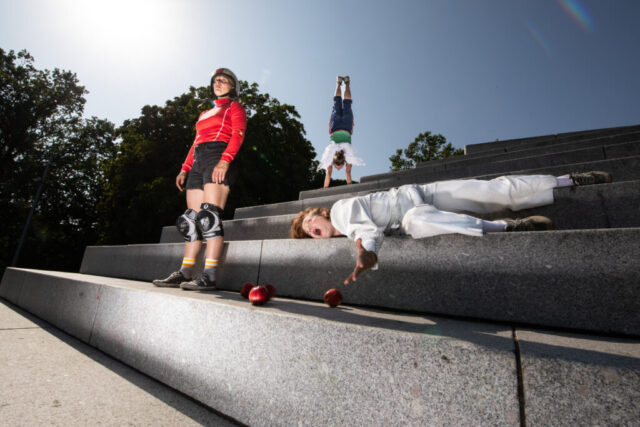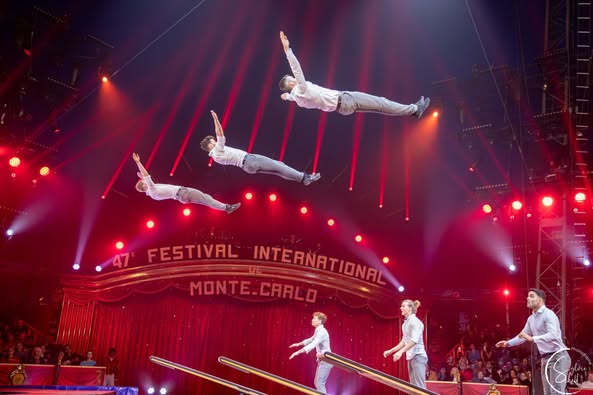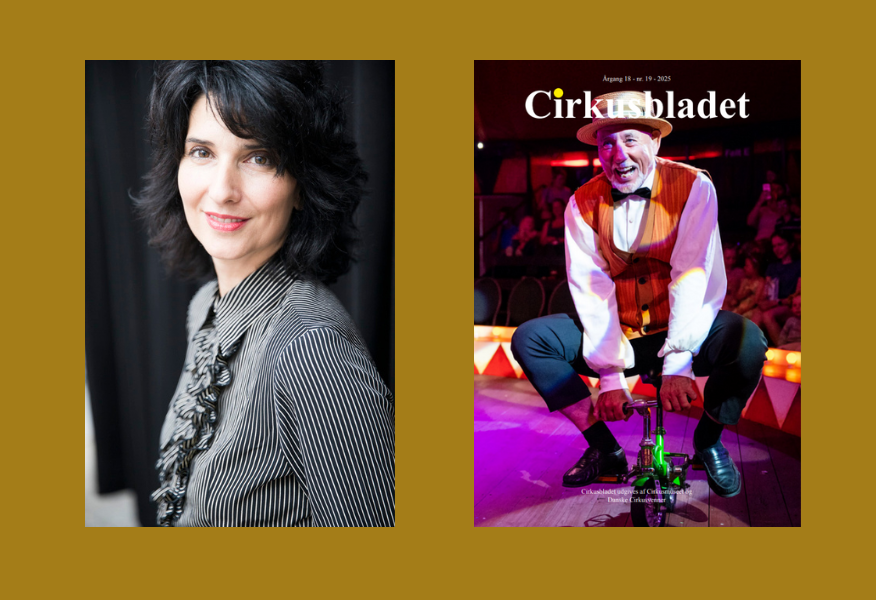Together for
Securing Danish circus
In a brand new interview in Cirkusbladet, Sara Indrio puts into words the reality in which artists and entertainers in the circus genres work.
Both performing arts groups face familiar challenges - continuing to attract audiences while ensuring sustainable working conditions for current and future talent, says Sara Indrio.
"There is an increase in ticket sales, so there is no less audience for the live experience. It's just specific formats that are winning. The movement is that it's large-scale scaling that has a chance. It's hard to enter the market, especially with niche stuff, it's hard to stand alone as small genre areas. We have a task in recruiting - both artists and audiences," says Sara Indrio, who follows the area closely as a professional politician and chairperson of the Danish Artist Association.
In the interview, she suggests that perhaps the time is ripe for more collaboration on the future of circus and the circus profession, whether as a performer or a company:
"Both traditional and new circuses have a tradition of being independent and fending for themselves, whether as activist underground or as families with a long tradition and history. Maybe there's a lot more to help each other with than we realise? I think it would be exciting to start a dialogue about that."

Danish nomination: The contemporary circus performance The Fall by the company Cikaros is nominated for this year's Reumert as the first circus performance. Photo: Jakob Stage
Wellbeing and education are a priority
In the article, Sara Indrio also emphasises the importance of training and work frameworks that can support high circus professionalism without putting undue pressure on the individual artist.
"We need to offer a more attractive labour market for the new generation, I think. And educational opportunities. Everyone in the artistic field has to think about these years. Look at the ballet school, which has had to radically change its culture. It's a difficult process, but if you want an elite and numbers where you directly put your limbs at risk, you can't have a cosy club. It requires training and schooling. I just don't think we can get enough young Danish artists who want to do that if they are unhappy as people or have to sacrifice too much in or for their working life."

International honour: The Scandinavian Boards company, which also includes Danish artist Daniel Shamitha Bendtsen, received a Silver Bear at the International Circus Festival.
Cross-disciplinary collaboration can secure the circus arts
Circus genres can provide the optimal illusion and thrill like no other performing arts format, says Sara Indrio. She believes that collaboration across the industry can help future-proof the art form and the conditions under which artists and entertainers work:
"There are many important things to say about circus, which is why many of us must work to create even better opportunities for circus. This is so we can compete with the many offers that exist today, and so we become relevant in time and achieve high professional quality in Denmark.
Dansk Artist Forbund has helped to start the industry organisation Dansk Samtidscirkus (Danish Contemporary Circus) as a common voice that can accommodate many forms of circus.
"It would be wonderful if all stakeholders took responsibility for the community and for ensuring the future of circus professionalism in Denmark, regardless of whether you work with traditional circus or with new circus forms. I see the wildest fighter spirit and huge potential in Danish circus"
Read the full interview "We must stand together to secure Danish circus" here.


